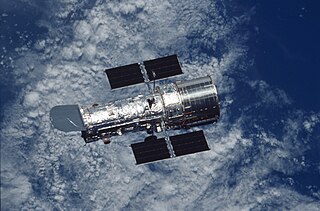It is proposed that this article be deleted because of the following concern:
If you can address this concern by improving, copyediting, sourcing, renaming, or merging the page, please edit this page and do so. You may remove this message if you improve the article or otherwise object to deletion for any reason. Although not required, you are encouraged to explain why you object to the deletion, either in your edit summary or on the talk page. If this template is removed, do not replace it . The article may be deleted if this message remains in place for seven days, i.e., after 00:17, 6 February 2019 (UTC). Nominator: Please consider notifying the author/project: {{subst:proposed deletion notify |Human mission to an asteroid|concern=This stub is all about Obama's announcement in 2010 about the asteroid mission. The complete subject is covered at [[Asteroid Redirect Mission]]. [[User:Rowan Forest|Rowan Forest]] ([[User talk:Rowan Forest|talk]]) 00:17, 30 January 2019 (UTC)}} ~~~~ |
This article needs additional citations for verification .(November 2012) (Learn how and when to remove this template message) |

A human mission to an asteroid is one of the long-term goals of astronautics. The near-Earth asteroids are the target of such a mission, due to their proximity to the Earth.

Astronautics is the theory and practice of navigation beyond Earth's atmosphere.
President Barack Obama announced on 15 April 2010 that the proposed Asteroid Redirect Mission would be followed by a crewed mission in 2025. [1] This statement was announced after his proposal of cancellation of the Constellation program in February 2010, whose main objective was the return humans to the Moon. Obama added that these deep space missions could serve as a technology development and testing for a human mission to Mars in the mid-2030s.

Barack Hussein Obama II is an American attorney and politician who served as the 44th president of the United States from 2009 to 2017. A member of the Democratic Party, he was the first African American to be elected to the presidency. He previously served as a U.S. senator from Illinois from 2005 to 2008.

The Constellation Program is a cancelled manned spaceflight program developed by NASA, the space agency of the United States, from 2005 to 2009. The major goals of the program were "completion of the International Space Station" and a "return to the Moon no later than 2020" with a crewed flight to the planet Mars as the ultimate goal. The program's logo reflected the three stages of the program: the Earth (ISS), the Moon, and finally Mars—while the Mars goal also found expression in the name given to the program's booster rockets: Ares. The technological aims of the program included the regaining of significant astronaut experience beyond low Earth orbit and the development of technologies necessary to enable sustained human presence on other planetary bodies.

A human mission to Mars has been the subject of science fiction, aerospace engineering, and scientific proposals since the 19th century. The plans comprise proposals to land on Mars, eventually settling on and terraforming the planet, while utilizing its moons, Phobos and Deimos.

